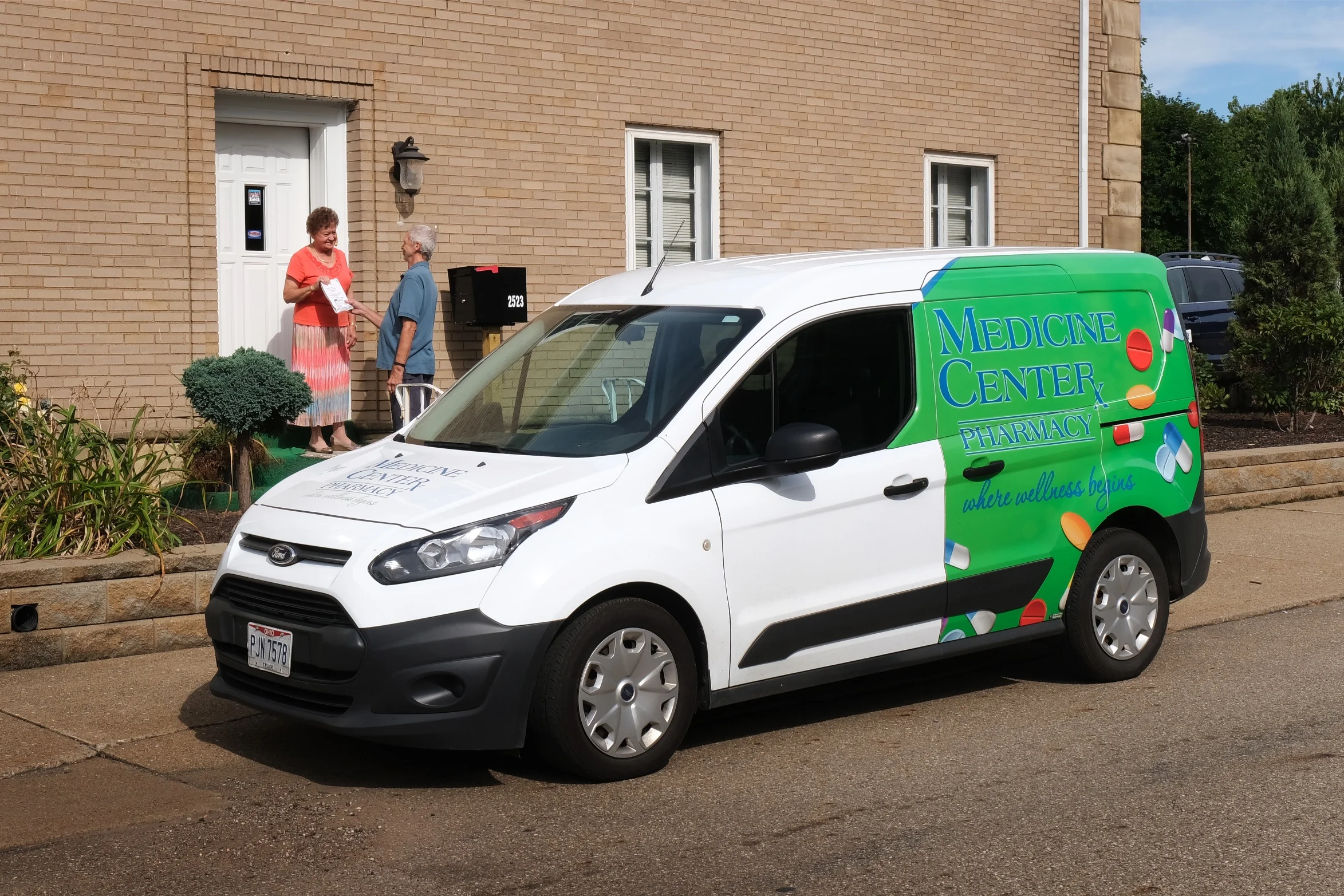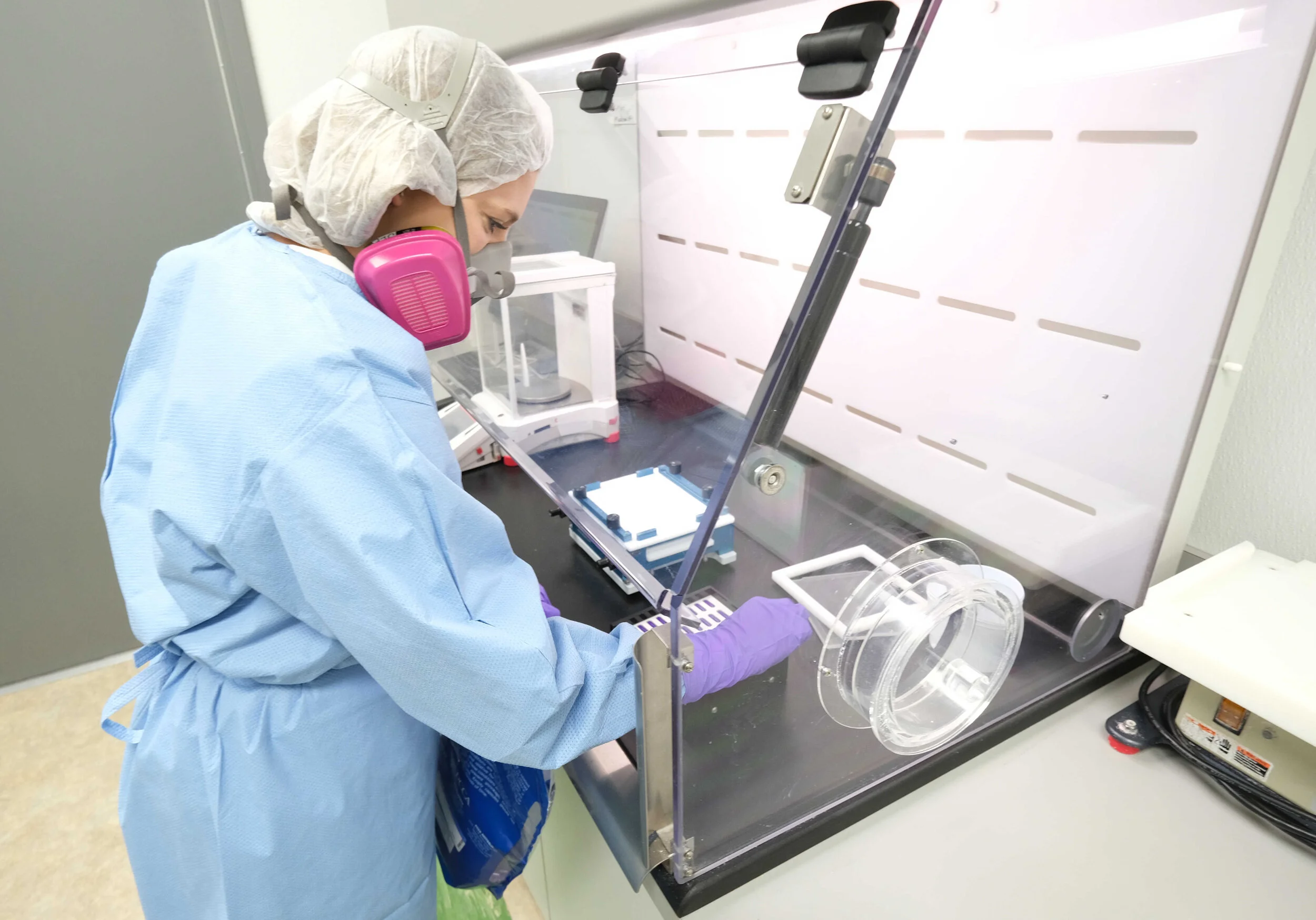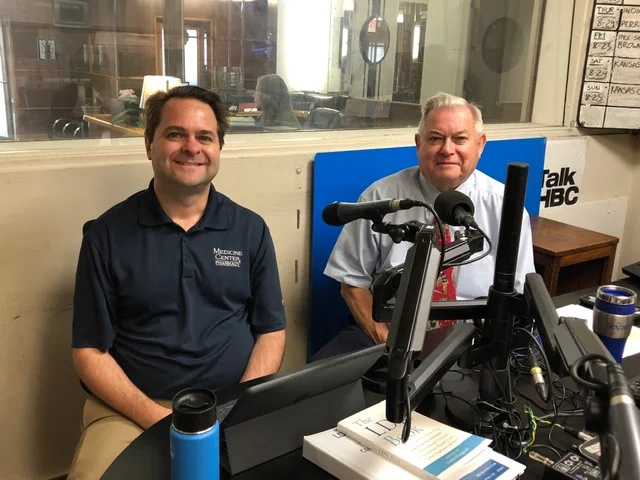written by Jordan Hughes, PharmD Candidate Ohio Northern University
Coronaviruses are one of the largest groups of viruses that we know about in medicine, and it has an extensive range of natural hosts. Recently, newly evolved Coronaviruses have posed a massive threat to public health causing a worldwide pandemic. The novel coronavirus that causes COVID-19 sparks an inflammatory immune response that is essential to control and eliminate the infection, however, certain immune responses can cause a decrease of gas exchange in the lungs. This causes a huge problem because oxygenation of the blood is essential for human life and is the basis for maintaining function of all major organs. So, will low dose naltrexone target certain immunological markers to ensure that the body does not injure itself during the fight against coronavirus?
Naltrexone is a pure opioid antagonist with activity and many opioid and non-opioid receptors. It is currently used for alcohol use disorders, opioid addictions and obesity. Naltrexone can be used for several different disorders depending on the dosage that is used, and the effects might differ when the doses are changed. Higher doses of naltrexone can be used for impulse control disorders and several other addictions. However, Low Dose Naltrexone (LDN), has been studied and shown promise in the treatment of many diseases such as Crohn’s disease, multiple sclerosis, and chronic fatigue syndrome. Dr. Bernard Bihari, known to some as the father of Low Dose Naltrexone, completed research that showed LDN was used to boost endorphin levels in patients by 3X. These endorphins levels can improve immune function and might be used to help at-risk patients to fight off the Novel Coronavirus infection.
To understand how medications attack and destroy the virus, we need to understand how the virus gets inside the body, how it infects the host, and how it is transmitted to others. Like many other infectious diseases, Coronavirus enters the body through direct contact with direct mucous membranes such as eyes, mouth, or nose. When the virus gets into the body, it will use the body’s own cells to replicate and spread. When the body recognizes the foreign virus, it will send in many natural defenses. These natural defenses will cause a fever, cough, inflammation, possible mucous production, and other symptoms. The virus can then spread from an infected person to others through droplets from a cough, sneeze, or contact with another person. That is why it is essential to follow social distancing guidelines, wash your hands regularly, disinfect areas high touch areas, stay home if you are sick, and wear a mask when you need to go out in public.
The next issue that we need to tackle is clarifying the process of the virus replication and the triggering of the important immune responses. To understand this process, we need look at the shape of the coronavirus.
The coronavirus uses its membrane to protect itself from attack. The spike coming from the outside of the membrane is used to connect to the body’s cells and insert replicating data into the cells to continue to make more of the virus.
The body will recognize the infection and send a variety of immune responses to attack the invader. The body has several natural defenses that are activated by Coronavirus. Some of the defenses are toll-like receptors, IL-6, transforming growth factor beta, and many other pro-inflammatory defenses in the body. These defenses will attack the virus by using complicated pathways and mechanisms. These mechanisms will trigger fever, irritation and inflammation in the lungs, and cough which are the main symptoms of the COVID-19 disease.
Toll Like Receptors (TLR) have several downstream effects when they become activated by an agonist like coronavirus. The downstream products include tumor necrosis factor alpha, IL-6, and inflammatory factor nitric oxide (NO). When low dose naltrexone blocks these TLRs, it inhibits the production of these inflammatory cytokines and acts as an immunomodulator through the suppression of innate immune cells.
Low Dose Naltrexone (LDN) has been proven to reduce several pro-inflammatory cytokines in the treatment of other diseases, but due to the recent discovery of this novel virus, we are unsure of the effectiveness of LDN on this virus. In one study where LDN was used to decrease fibromyalgia pain, the treatment group found reduced plasma levels of many inflammatory cytokines that are also released during immune response to COVID-19. These people found 18% reduction in overall symptoms, and the study suggests that that LDN plays a key role in the reduction of several key pro-inflammatory cytokines and symptoms.
The proposed mechanism by which LDN would work to effectively inhibit the coronavirus from causing severe illness is complicated and theorized. This means that the lungs would become less inflamed and have a larger amount of useful surface area in which oxygen could be passed from the lungs into the blood. When considering the mechanism of the Coronavirus, and the inhibitory effects of LDN, we are proposing the use of LDN to promote treatment and prophylaxis of this new infectious virus. Dr. Phil Boyle, an Irish physician has also proposed the immune enhancing effects of LDN for COVID-19 prophylaxis at doses of 3 mg to 4.5 mg nightly. He claims that daily LDN acts to normalize one’s immune system and could perhaps downregulate an overactive immune system in a time of infection.
When considering the possible benefits in contrast with the risks of using LDN, we should consider prior research to evaluate the likelihood of LDN causing severe adverse reactions. A meta-analysis was conducted analyzing the adverse effects of LDN compared to placebo. This study analyzed 11,194 patients and concluded that LDN does not increase the risk of serious adverse effects over placebo. These studies confirm the overall safety profile of oral LDN in the treatment of patients with varying doses and disease groups. This shows that the use of LDN in patients who are at-risk of contracting COVID-19 safe and highly advantageous.
A vaccine for the novel coronavirus is underway but could take months to years to finally hit the market. However, LDN is available now. With limited treatment options for the Novel Coronavirus and the severity of the disease, it is imperative to search for therapeutic options to improve immune health and reduce the spread of COVID-19. Low Dose Naltrexone could be used as an immune boosting agent for those who are at high risk of contracting the COVID-19 disease. Those who should be considered for this Low Dose Naltrexone therapy include the elderly, those who are immunocompromised, and those who have structural lung disease.



























Autoimmune diseases are a complex group of conditions in which the immune system mistakenly attacks healthy cells and tissues. While treatment options exist to manage symptoms, there is no known cure for autoimmune diseases. However, recent research has shed light on the potential benefits of Low Dose Naltrexone (LDN) in managing these conditions. In this blog post, we'll explore some of the latest research findings on the use of LDN in autoimmune diseases.